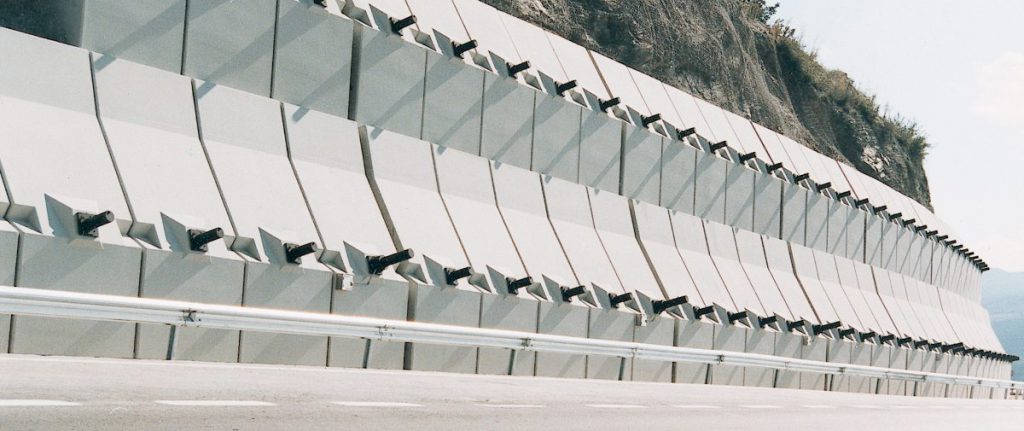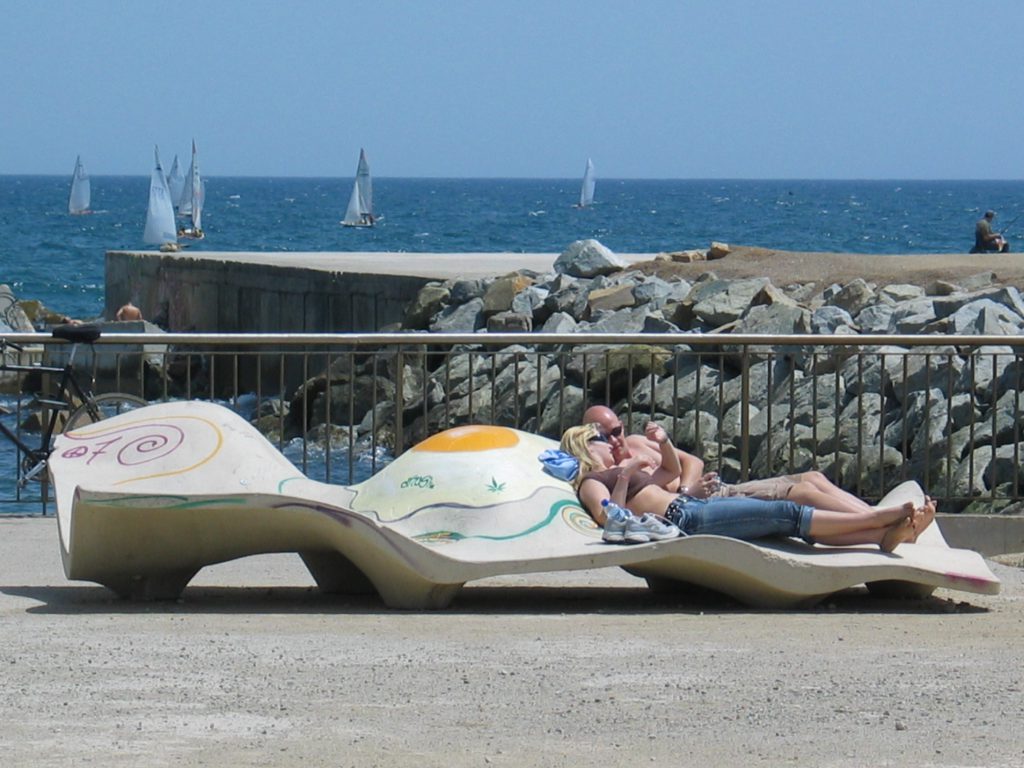AT THE AVANGUARD IN PREVENTION
The safety and health of people, a fundamental commitment of the cement industry

Prevention, risk minimization and research
The cement industry develops its commitment to the safety and health of its employees, but also of society as a whole, through a double path of action. On the one hand, investing constantly in prevention and minimization of occupational risks.
On the other hand, through continuous programs of research and product quality, so that the constructions based on cement serve as protection against natural disasters and for the safety of the population, favoring their social and personal development.
OBJECTIVE: ZERO ACCIDENTS
The cement sector has become one of the safest in the industry. The reduction of accident rates in the last years confirms the success of the actions and decisions taken in this matter. For example, periods of more than 100 days without accidents with sick leave, even reaching periods of more than 1 year in some manufacturing plants.
Cement companies are based on the principle that all occupational accidents are avoidable and, for this reason, the objective of “zero accidents” has been marked. The sector is at the forefront of the prevention and minimization of occupational risks, as evidenced by the Frequency, Severity and Incidence indexes (statistical scales recommended by the International Labor Organization, ILO).
Workers are involved in the design and monitoring of safety measures, which start with awareness and information. The factories have been equipped with different instruments and policies of communication and training to ensure occupational health and safety:
The Occupational Risk Prevention Plan
It is the basic document that integrates the commitments, activities and responsibilities to manage prevention.
The safety and health manual
It is the tool that is not only available to the employees, but also to the contracted or external workers, which are monitored prior to hiring and during their work.
Inspections
The control done by the working team of the factories, responsible for checking that the preventive measures are carried out, in order to guarantee the safety conditions.
Safety and health committees
They are made up of prevention delegates (chosen among workers’ representatives) and of prevention technicians who meet periodically to analyze all types of accidents and incidents, as well as seeking for improvements.
Prevention services
Set of resources, both human and material, intended to ensure the protection of workers and compliance with regulations.
A PROTECTED SOCIETY

Concrete – a material consisting essentially of cement, to which aggregates and water are added – is a versatile and functional material, essential for the development of modern societies. Its multiple applications provide functional benefits, as well as facilitating peaceful and safe coexistence between human activity and the environment.
The facts is that the environment can be dangerous for man. Nature is continuously changing and some of its most violent manifestations, such as floods, hurricanes or earthquakes, waves of cold or heat, etc., are strongly aggressive with living species. On the other hand, the activity of man has a continuous incidence on nature, which can also become very aggressive with it (accidents in industrial installations, chemical spills, explosions, fires, etc.).
Since its discovery, Portland cement has allowed the development of materials and construction techniques that help avoid or minimize all these effects. In order to reinforce their services, companies invest heavily in R + D + i to offer products that meet development needs in an optimal and respectful way with their environment in areas such as:
Drinking water
Concrete is essential for water supply infrastructures (dams, wells, canals, pipelines, desalination plants, sewage treatment plants, reservoirs …), for the collection and treatment of waste water and also for the treatment of solid waste.
Water control and purification systems are vital to guarantee hygiene, prevent diseases and improve health.
Protection against meteorology
Concrete construction provides protective and defensive measures against the force of nature (floods, storms, hurricanes, fires, volcanic eruptions). Conversely, cement derivatives can also prevent or minimize the impacts of human activity on the environment.
Social and personal development
Concrete facilitates the existence of services and infrastructures that allow the economic development of societies:
- Mobility: roads, railways, airports
- Culture and leisure: museums, theaters, universities, restaurants …
- Productivity: factories, shopping centers
- Comfort: houses, equipped and safe households
